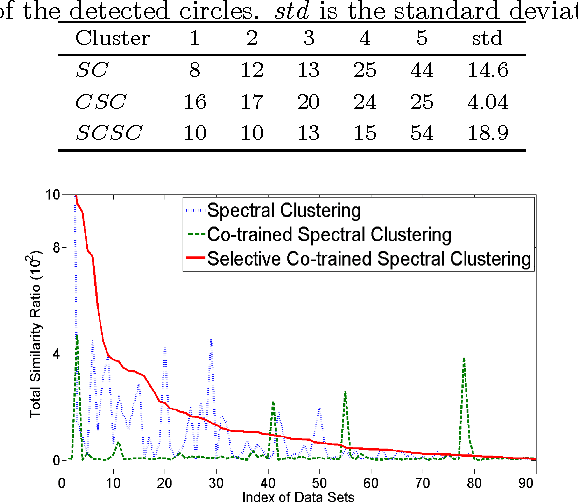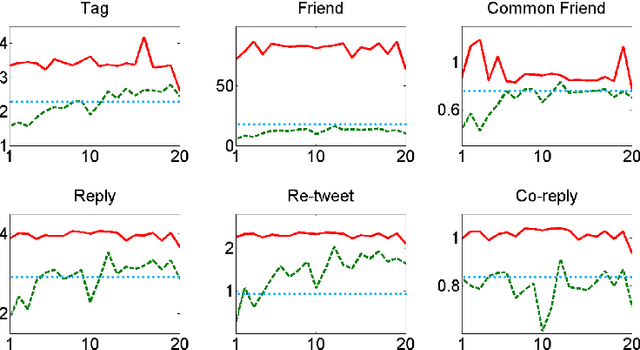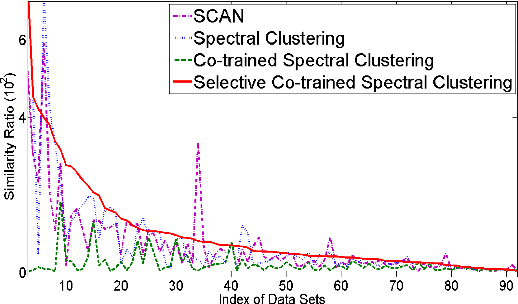Learning Social Circles in Ego Networks based on Multi-View Social Graphs
Paper and Code
Dec 24, 2016



In social network analysis, automatic social circle detection in ego-networks is becoming a fundamental and important task, with many potential applications such as user privacy protection or interest group recommendation. So far, most studies have focused on addressing two questions, namely, how to detect overlapping circles and how to detect circles using a combination of network structure and network node attributes. This paper asks an orthogonal research question, that is, how to detect circles based on network structures that are (usually) described by multiple views? Our investigation begins with crawling ego-networks from Twitter and employing classic techniques to model their structures by six views, including user relationships, user interactions and user content. We then apply both standard and our modified multi-view spectral clustering techniques to detect social circles in these ego-networks. Based on extensive automatic and manual experimental evaluations, we deliver two major findings: first, multi-view clustering techniques perform better than common single-view clustering techniques, which only use one view or naively integrate all views for detection, second, the standard multi-view clustering technique is less robust than our modified technique, which selectively transfers information across views based on an assumption that sparse network structures are (potentially) incomplete. In particular, the second finding makes us believe a direct application of standard clustering on potentially incomplete networks may yield biased results. We lightly examine this issue in theory, where we derive an upper bound for such bias by integrating theories of spectral clustering and matrix perturbation, and discuss how it may be affected by several network characteristics.
 Add to Chrome
Add to Chrome Add to Firefox
Add to Firefox Add to Edge
Add to Edge